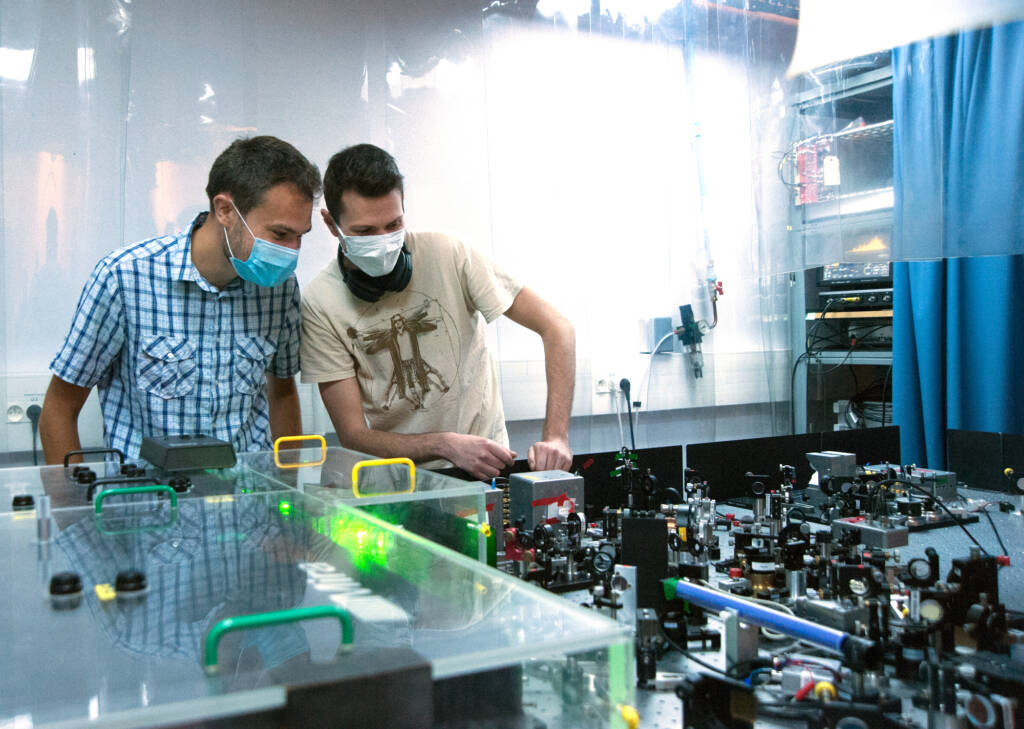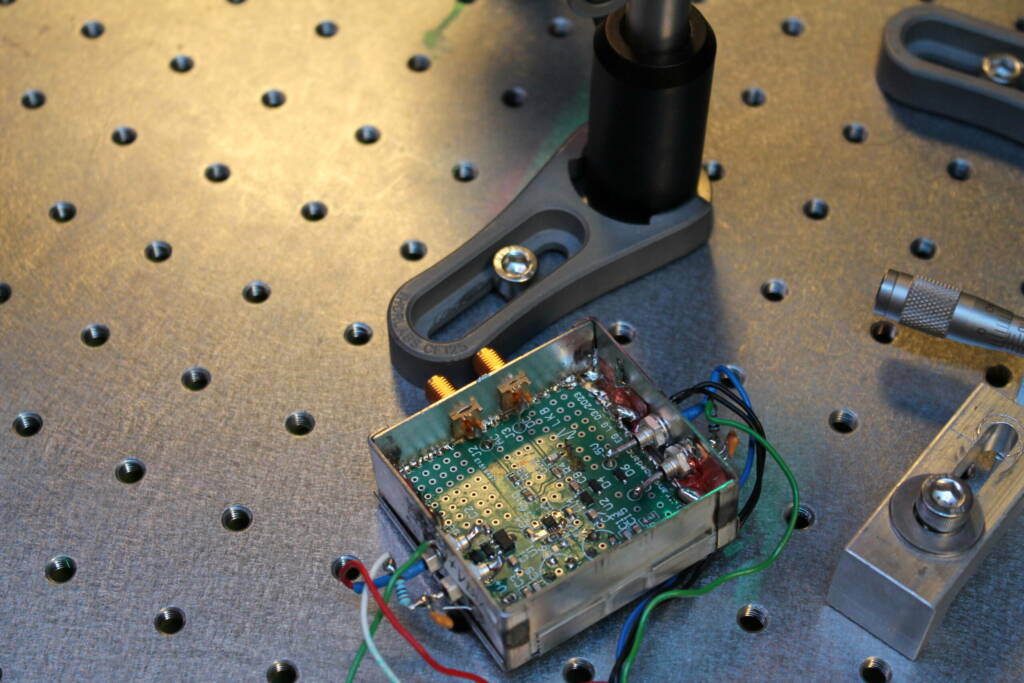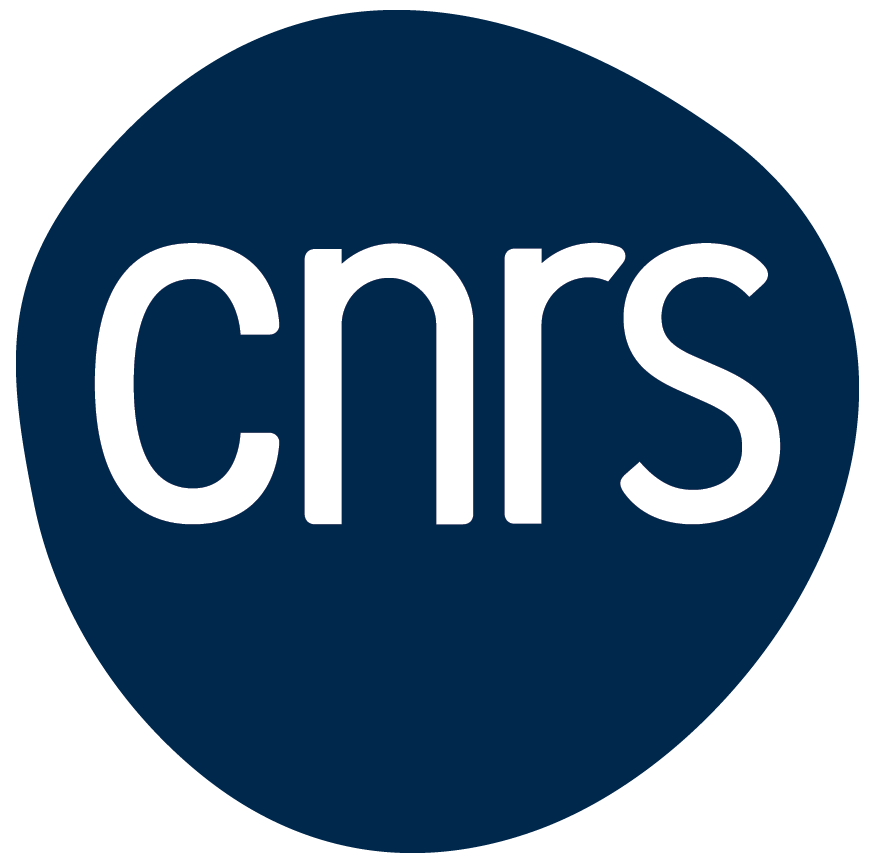Once upon a time there were modes and states in quantum optics
Update of a non-trivial topology property of quantum states

Quantum Optics, as the child of Optics and Quantum Mechanics, has inherited a double linearity: that of Maxwell’s equations, which use optical modes as a basis of solutions, and that of the Schrödinger equation, which uses as solutions the quantum states that occupy these different modes.
This article reviews the interplay between these two sides of quantum optics, associated with two different superposition principles. It shows in particular that, considering different mode bases on which the state is expanded, the same quantum state can be viewed either as highly entangled, with application to quantum information, or as a set of independent non-classical states, allowing for efficient state characterisation and applications to quantum metrology. Different examples of this approach are presented, illustrating the full potential of multimode quantum optics both for exotic state generations and applications to quantum technologies.
Link to the full article : Journals.aps.org
Read also
CNRS Recruitment – Join the LKB
External Recruitment for Researchers (M/F)
Nathan Goldman is among the Highly Cited Researchers
Clarivate list



